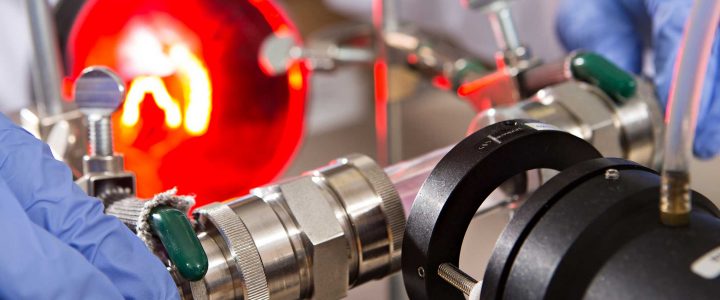| 2 YEAR | 2 semester | 9 CREDITS |
| Prof. Paolo Coppa | 2019-20 |
| Gianluigi BOVESECCHI | 2020-21 |
| Michela Gefulsa – gelfusa@ing.uniroma2.it |
since 2021-22 |
| Code: 8039146 SSD: ING-IND/10 |
OBJECTIVES
LEARNING OUTCOMES: The course aims to provide students with the basic principles, physical laws, and applications of thermodynamics, thermo-fluid dynamics, and heat transfer, with the dual purpose of preparing them to afford more applicative courses and using the acquired knowledge for design and sizing simple components and thermal systems.
KNOWLEDGE AND UNDERSTANDING
Students will have to understand the physical laws of applied thermodynamics and heat transfer, and understand the structure and operation of the simplest components and systems. They will also demonstrate that they have acquired the basic methodologies for verifying and designing the studied devices.
APPLYING KNOWLEDGE AND UNDERSTANDING
Students must be able to afford courses for which this course is preparatory (for example Thermotechnique, or Machines) and to size or verify simple components and systems, topics covered by the course, such as air conditioning systems, engine systems, fins and heat exchangers.
MAKING JUDGEMENTS
Students must assume the autonomous capacity to face the subsequent studies for which this course is preparatory and to draw up simple projects of thermal systems that use the studied components. They will also need to be able to evaluate projects written by other parties, checking that the project requirements are satisfied.
COMMUNICATION SKILLS
Students must be able to illustrate in a complete and exhaustive way the acquired information, the results of their study and of their project activity, also through the normally used means of communication (discussion of the results obtained, report on the performed activity, PowerPoint presentations, etc.).
LEARNING SKILLS
Students must be able to apply the physical laws underlying the studied phenomena, and to face further studies that use the acquired knowledge. They will have to be able to expand the already owned information through the analysis of technical-scientific literature and to modify their curricula choosing future knowledge to be acquired on the base of their knowledge and tendency.
COURSE SYLLABUS
- Fundamental laws of thermodynamics: zeroth law, first law for open and closed systems, second law, entropy definition and Clausius integral, Maxwell equations, Claperyron equation
- Thermodynamic diagrams: P-v, T-s, H-s, P-h
- Thermodynamic cycles for close and open systems: engine cycles: Otto Cycle, Diesel cycle, Joule Brighton cycle, Rankine and Hirn cycle, refrigeration cycle
- Air and steam mixtures, design of conditioning air systems
- Basic laws of fluid dynamics: Bernoulli equation, the motion of fluids in ducts, major and minor pressure drops, dimensional analysis for turbulent flow friction factor.
- Heat transfer mechanisms. Conduction: Fourier law, basic conduction heat transfer equation, solution for simple geometries with and without heat generation, lumped parameter problems, cooling fins. Convection: dimension analysis for forced and free convection. Radiation heat transfer: basic laws of radiation, radiation exchanges between black bodies and grey bodies, configuration factors, electric analogy. Heat exchangers: types, size problem and rate problem.

 UNIVERSITA' DEGLI STUDI ROMA "TOR VERGATA"
UNIVERSITA' DEGLI STUDI ROMA "TOR VERGATA"